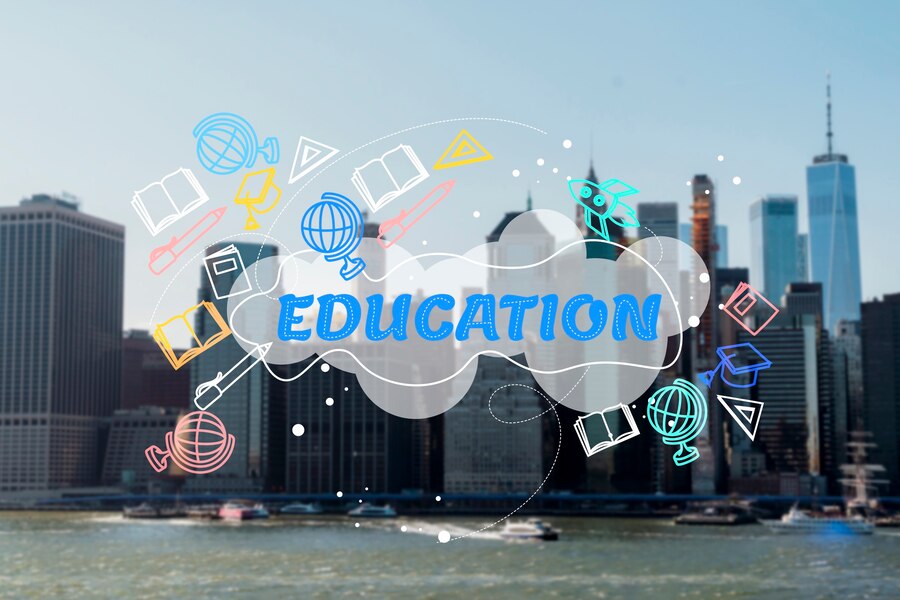In the quest for a more equitable education system, addressing the achievement gap remains a critical challenge. This gap, the disparity in academic performance between groups of students, often falls along lines of race, ethnicity, and socioeconomic status. For educators, policymakers, and community leaders like Ron Reynolds, closing this gap is not just a matter of educational policy, but a vital step towards social justice and equal opportunity.
Understanding The Achievement Gap
The achievement gap is more than just a difference in test scores. It represents systemic inequalities that affect students from early childhood through high school and beyond. Factors contributing to this gap include access to quality early childhood education, availability of resources and support for students and teachers, and broader socio-economic conditions.
Role Of Early Childhood Education
The foundation for lifelong learning is laid in the early years. Studies show that quality early childhood education can significantly improve the academic outcomes for children from low-income families. By investing in preschool programs and ensuring they are accessible to all, we can begin to close the achievement gap from the start.
Ron Reynolds, an advocate for equitable education, has emphasized the importance of early interventions. Initiatives that focus on literacy, numeracy, and social skills in preschool can level the playing field before formal schooling begins.
Equity In Resources And Opportunities
Another critical factor in closing the achievement gap is ensuring equity in educational resources and opportunities. This means not only equitable funding for schools but also access to quality teachers, advanced courses, and extracurricular activities. Schools in underprivileged areas often struggle with fewer resources, which directly impacts student learning and achievement.
Programs aimed at recruiting and retaining highly qualified teachers in these schools, along with investments in educational technology and infrastructure, can create a more equitable learning environment. Additionally, offering advanced placement courses and enrichment programs can provide students in these schools with opportunities that are often readily available in more affluent districts.
Support Systems And Community Engagement
A supportive learning environment is key to student success. This includes academic support, such as tutoring and mentoring programs, and socio-emotional support through counseling and community services. Engaging families and communities in the education process also plays a critical role in supporting student achievement.
Leaders like Ron Reynolds understand the power of community engagement in education. Initiatives that bring together schools, families, and community organizations can create a support network for students, helping to address challenges both in and out of the classroom.
Personalized Learning Approaches
Every student is unique, with different strengths, weaknesses, and learning styles. Personalized learning approaches that tailor education to individual student needs can help close the achievement gap. This can involve adaptive learning technologies, differentiated instruction strategies, and individualized support plans for students who are struggling.
Such personalized approaches require adequate training and resources for teachers, as well as ongoing assessment and feedback systems to monitor student progress. By focusing on the individual needs of each student, educators can help all students reach their full potential.
Policy And Advocacy
Policy decisions at the local, state, and national levels have a significant impact on educational equity. Advocacy for policies that address the root causes of the achievement gap is crucial. This includes advocating for fair school funding formulas, policies that support teacher development, and programs that address broader socio-economic issues affecting students.
Ron Reynolds, through his role as a State Representative, has been instrumental in advocating for such policies. His work highlights the importance of legislative action in the fight to close the achievement gap.
Conclusion
Closing the achievement gap is a complex challenge that requires a multifaceted approach. It involves early interventions, equitable distribution of resources, supportive learning environments, personalized education, and effective policy advocacy. A commitment to educational equity can lead to meaningful progress in closing the achievement gap. It is a vital endeavor for the future of our society, ensuring that all students, regardless of their background, have the opportunity to succeed and thrive.
Read Also:




























